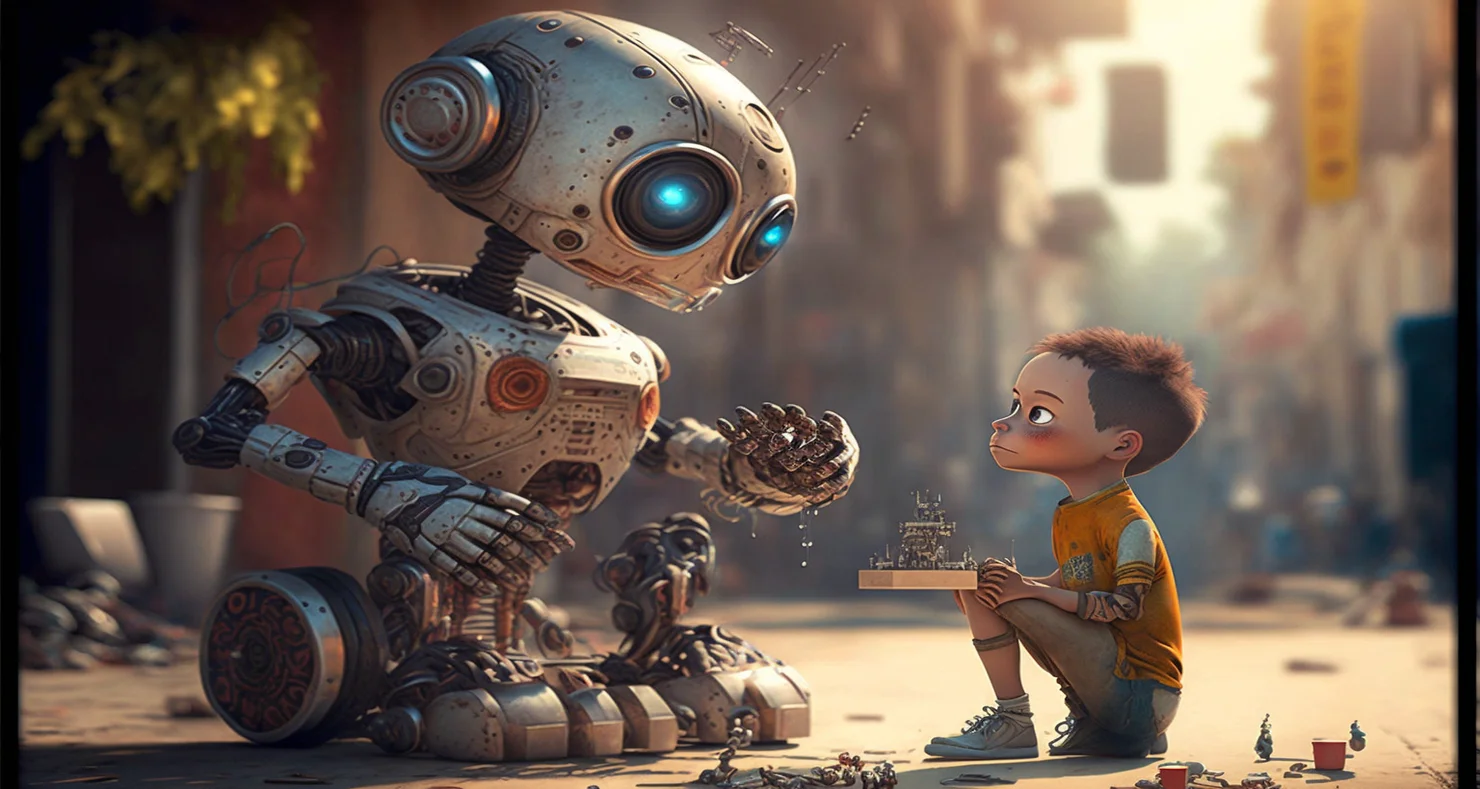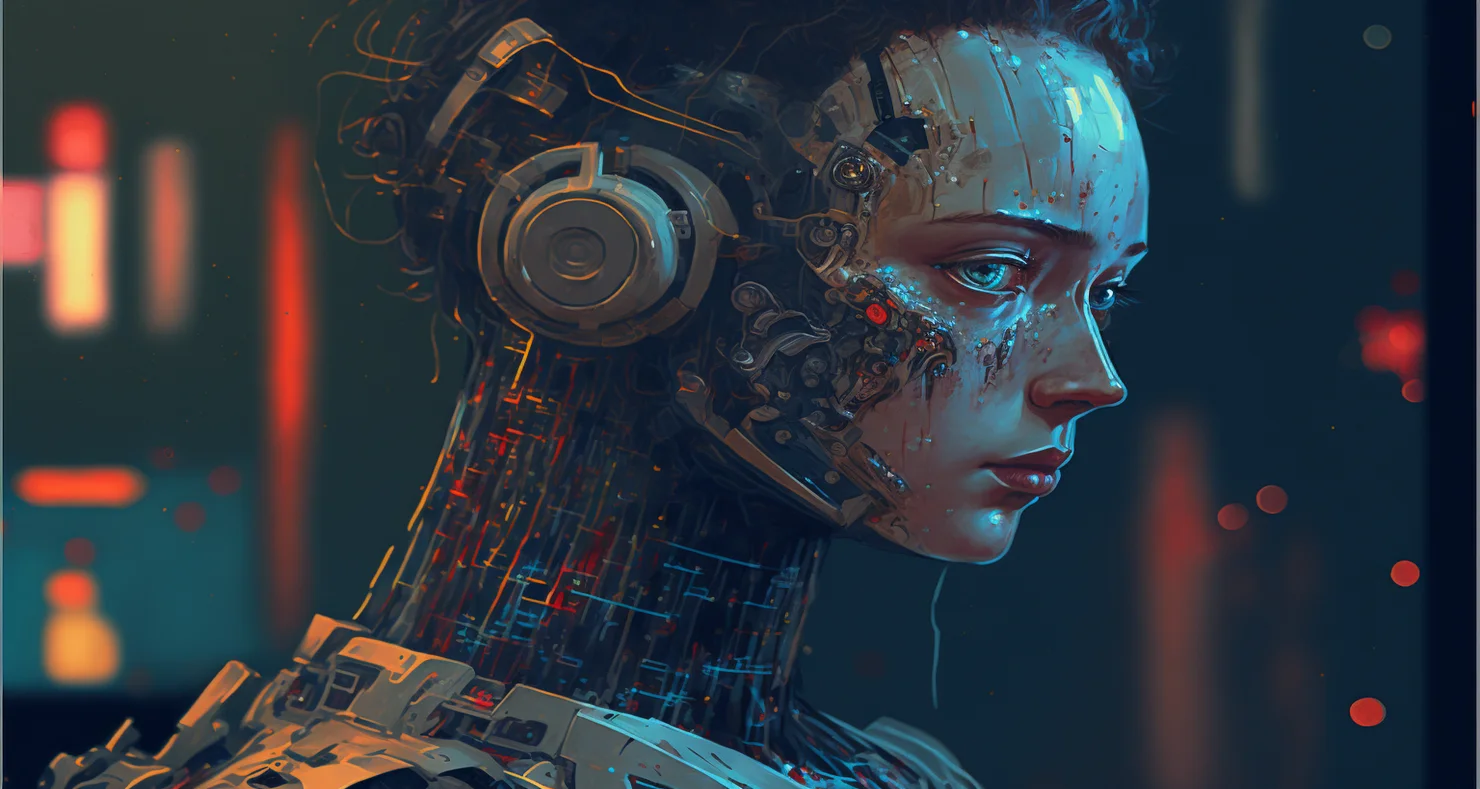ChatGPT is a chatbot based on a neural network developed by OpenAI engineers. How to use ChatGPT, a neural network chatbot that answers questions, solves problems and even writes code
What is ChatGPT
Its main tasks are to maintain a dialogue with the user and provide relevant information upon request.
ChatGPT gives direct answers in text and solves problems with step-by-step descriptions. Chatbot navigates a wide variety of topics without turning into an obscenity generator. Previous generations of systems couldn’t cope with such problems.
Smart chatbots that answer questions have become commonplace. But ChatGPT works deeper and collects data according to a more voluminous algorithm than similar programs before it. For now, the authors describe their project as a test service for experiments.
The website states,
“Our goal is to make AI systems more natural and secure in their interactions.”

How ChatGPT can be useful
ChatGPT is trained on a huge amount of data. It is capable of giving advice and explaining complex concepts, generating essays, poems and articles on various topics. ChatGPT is able to give you a script of a new movie or a sequel of an already known show. You can also ask for help in solving a math problem. Here it is important to note that the answers may be wrong – you will have to correct them yourself.
ChatGPT remembers the details of the conversation and builds responses based on what the user has written before. You can ask the user where they started the conversation.
The system will help you find bugs in the code and even explain how to write or rewrite it from scratch.
For example, the model will give you the code for a minigame or a shopping list application on request.
The neural network will also tell you how to implement processes in programs, and how to translate code from one programming language to another. The capabilities of the chatbot will not be enough to leave developers idle, but it will help reduce the time spent on tasks.

What are the weaknesses of ChatGPT
OpenAI engineers warn you in advance about possible performance errors and limitations of the neural network. ChatGPT may produce an answer which is inaccurate, completely wrong or makes no sense at all to the experts. It is important to keep this in mind and carefully check what is written. In doing so, you can inform the bot of the error and it will attempt to find an already correct statement or solution.
Some wording may confuse the neural network. So sometimes you have to rewrite the question so that the chatbot answers it in detail.

How to use ChatGPT
ChatGPT service is completely free, almost anyone can use it. To do so, go to chat.openai.com
And here's what chatGPT himself writes about himself
Chatbots have come a long way in recent years, with advancements in artificial intelligence (AI) and machine learning enabling more sophisticated and human-like interactions. One such example is ChatGPT, an AI-powered chatbot that has gained popularity with its ability to generate responses that are often indistinguishable from those of a human.
ChatGPT, developed by OpenAI, is a text-based chatbot that has attracted attention for its impressive capabilities. With over 100 million users, ChatGPT has become a widely used AI chatbot across various domains, from customer service and support to content creation and more.
One of the key innovations behind ChatGPT is its use of large language models that are trained on massive amounts of text data from the internet. These AI models, powered by machine learning algorithms, can analyze and generate text responses based on patterns and information learned from the data. This allows ChatGPT to provide responses that are contextually relevant and often appear similar to those written by a human.
One of the notable moments in ChatGPT’s journey was when it was used by Elon Musk during an interview at a conference. Musk asked the chatbot a series of questions, and the generated responses were so convincing that it sparked discussions about the potential impact of AI-powered chatbots on various industries.
The success of ChatGPT is also attributed to the continuous improvement and optimization of its machine learning algorithms. OpenAI, the company behind ChatGPT, regularly updates and refines the AI models to enhance their capabilities and provide faster response times to users’ queries.
ChatGPT is just one example of the growing field of AI-powered chatbots that are revolutionizing the way we interact with technology. These chatbots are increasingly being used in customer service, content creation, information retrieval, and more. They are particularly useful in scenarios where natural language processing and understanding are critical for providing accurate and relevant responses to users.
The impact of AI-powered chatbots like ChatGPT goes beyond just convenience and efficiency. They also raise important ethical and societal questions, such as the potential for misuse, data privacy, and bias in the responses generated. As such, companies like OpenAI are working towards responsible AI development and deployment, with considerations for transparency, fairness, and accountability.
The development of AI-powered chatbots like ChatGPT has brought significant advancements to the field of natural language processing and AI. With continued research and innovation, we can expect to see even more sophisticated and human-like chatbots in the future, with potential applications across various industries and domains. As technology continues to evolve, the potential of AI-powered chatbots to transform how we interact with technology and each other is only set to increase.













